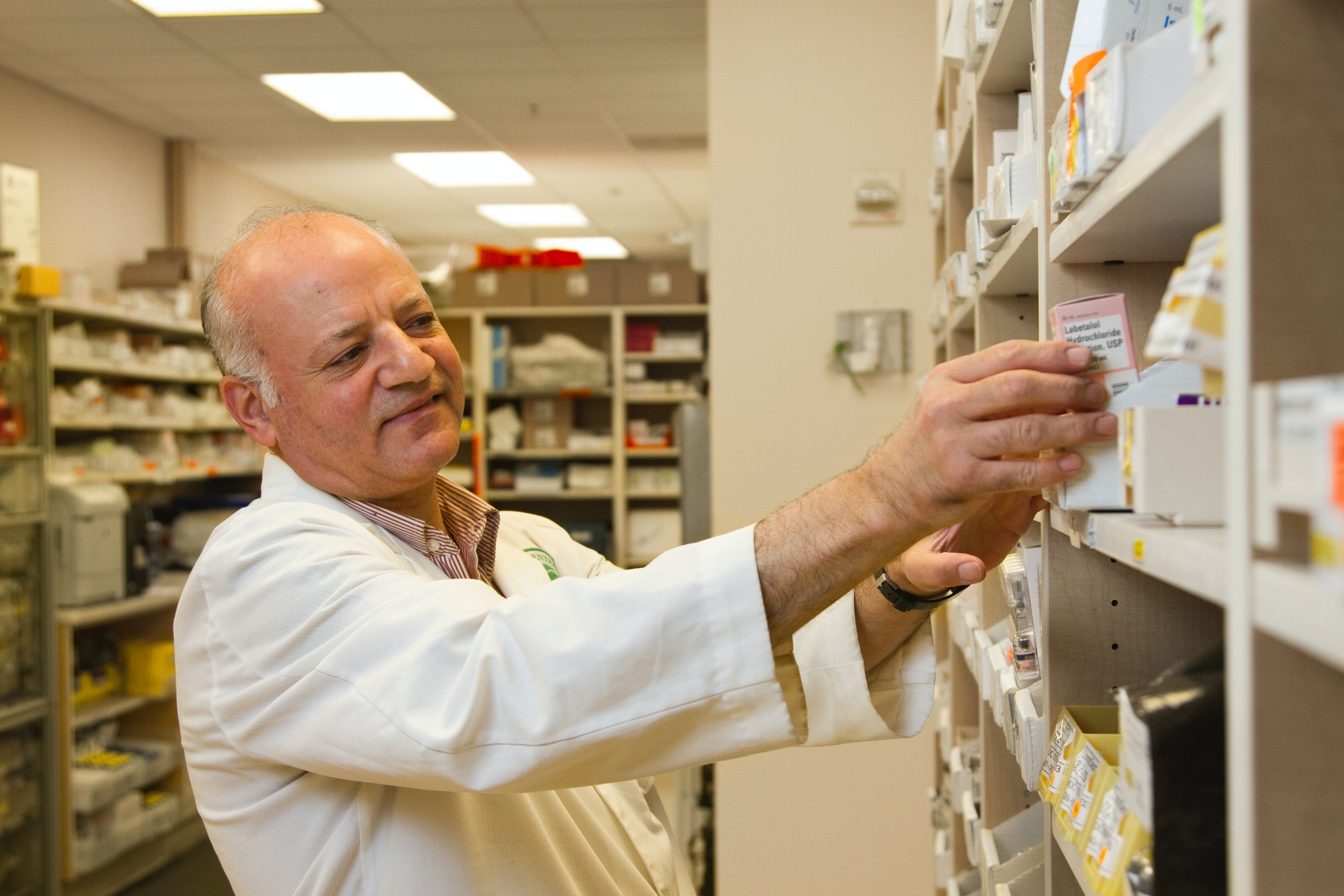Electronic Prescribing
Electronic Prescribing commenced in 2020 to assist in improving medicines safety and provide new options and convenience for patients and their medicine supply. An electronic prescription is a digital version of a paper prescription.
Electronic prescribing is not mandatory. Patients still have a choice to receive either an electronic or a paper prescription from their prescriber (but not both) and choose which pharmacy they attend to fill the prescription.
Both electronic and paper prescriptions will need to comply with the relevant Commonwealth & State and Territory legislation requirements.
Electronic prescribing should not be confused with image-based prescribing. Image-based prescribing arrangements were implemented at the start of the COVID-19 pandemic. From 1 April 2022, image-based prescribing now only applies to the supply of pharmaceutical benefits for patients treated in public and private hospitals. A prescription written for a hospital patient can be lawfully dispensed by a hospital pharmacy.
What are the benefits of electronic prescribing?
Electronic prescribing:
- Provides great choice for patients
- Improves patient safety by reducing the risk of transcription errors
- Makes prescribing and dispensing medicines more efficient
- Supports electronic medication charts in hospitals and residential aged care facilities
- Removes the need for handling and storing a physical paper prescription
- Supports digital health services such as telehealth services to ensure continuity of patient care
- Provides an opportunity to protect community members and health care providers from exposure to infectious diseases (for example, COVID-19)
- Maintains patient privacy and integrity of personal information
How does electronic prescribing work?
Electronic prescriptions are available nationally as a “token” or an Active Script List (ASL)
Token Model
During a consultation, a doctor can send an electronic prescription (with a QR code) to their patient as an SMS or email. The patient can then visit a pharmacy or have the token sent to the pharmacy. If the patient has a repeat(s), a new SMS or email will be generated and sent to the patient when they get their medication from the pharmacy. As with paper prescriptions, the patient must retain the new token to fill their next prescription. If needed, the patient can forward the SMS or email to a family member or carer so they can collect their medicine.
Active Script List
An Active Script List (ASL) allows a patient to manage their active electronic prescriptions without a token. It is a model that helps patients who are taking multiple medications. Having a trusted relationship with a doctor and pharmacist means they can use the ASL to help their patient manage their medicines more easily.
How it works:
- Visit a pharmacy to set up your list
- If your doctor needs to prescribe medicine, you can choose an electronic prescription and it will be automatically added to your list, unless you ask your doctor not to add it. You can still get an SMS or email as well
- Go to your pharmacy, forward the SMS or email to them or call them to validate your ID so that they can access your list and dispense your medicine.
Resources
The Australian Digital Health Agency (ADHA) has a range of resources available for both prescribers and dispensers. Including:
- Information on preparing for electronic prescribing, including registration and supporting patients
- Free accredited eLearning courses

